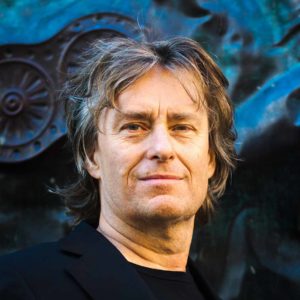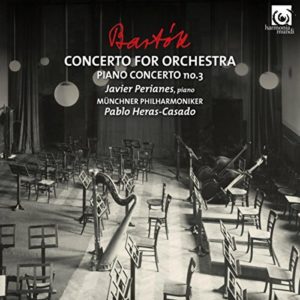THURSDAY 6TH MAY 2010 LONDON SYMPHONY ORCHESTRA/ DAVIS
Barbican Hall
Familiarity can and does breed contempt – but never where Haydn and Mozart are concerned. It’s one of music’s enduring miracles that the surprises they spring and revelations they conjure do not diminish but rather intensify with repetition – like memories whose pleasure and significance grow with the passing of time. Sir Colin Davis chose two particularly audacious examples and though we may have known them well it still felt like there would be no second-guessing them.
Davis’s Haydn – Symphony No. 97 – was fleshy and content, as C major is wont to be. And as in all things remotely Viennese there was always time for a turn around the room in waltz time. Davis greeted the second subject with knowing delight, a perfect foil to the timpani-buttressed pomp of a rather portly vivace. Another waltz in the trio of the scherzo was more bucolic with yodelling horns. An indication, perhaps, of the hearty, outdoor Haydn Davis likes to suggest – not as light on his feet as he once was but still in rude health.
And the pleasures just kept coming with Mozart introducing a medley of enticing tunes before the soloist in Piano Concerto No.17 – Mitsuko Uchida – had played a single note. But when she did the poise and astonishing clarity of her articulation entirely changed the atmosphere in the hall. The second subject seemed to emanate from an ornate musical box never before opened, its origins and emotional memories unlocked in the simplest imaginable tune with gauche left hand accompaniment. Uchida conveys a unique rapture in this music – and it’s all in the touch and the timing. That extraordinary modulation in the slow movement was truly a frozen moment, the defining chord filling the silence but not a split-second too soon or too late.
And then out of chaos the universe according to Carl Nielsen exploded into being and the “Inextinguishable” Symphony No.4 met the indefatigable – namely Davis and the LSO. It’s like being in at the birth, the big bang, of tonality with this piece. And the only question our ears need answering is whether or not that radiant woodwind theme will prevail to exult in E major.
Davis and the orchestra gave us a wonderfully raw, grizzled, elemental account of this lofty score. But strangely it was not the battling timpani and cosmic climaxes that have stayed with me but that moment in the heart of the slow movement where a simple string trio of violin, viola, and cello remind us of Nielsen’s and our humanity.


